The relative risk and the odds ratio are measures of association between exposure status and disease outcome in a population Relative risk In epidemiology, relative risk (RR) can give us insights in how much more likely an exposed group is to develop a certain disease in comparison to a nonexposed groupObjective Use of odds ratio (OR) in randomized controlled trials (RCTs) has been criticized because it overestimates the effect size, if incorrectly interpreted as risk ratio (RR) To what extent does this make a difference in the context of clinical research is unclear We, therefore, aimed to address this issue considering its importance in evidencebased practice of medicine Odds Ratio Vs Relative Risk When two groups are under study or observation, you can use two measures to describe the comparative likelihood of an event happening These two measures are the odds ratio and relative risk Both are two different statistical concepts, although so much related to each other

What Is An Odds Ratio And How Do I Interpret It Critical Appraisal
Should i use odds ratio or relative risk
Should i use odds ratio or relative risk-Odds ratio (OR) is a statistic commonly encountered in professional or scientific medical literature Most readers perceive it as relative risk (RR), although most of them do not know why thatWhen the disease is rare, the odds ratio will be a very good approximation of the relative risk The more common the disease, the larger is the gap between odds ratio and relative risk In our example above, p wine and p no_wine were 0009 and 0012 respectively, so the odds ratio was a good approximation of the relative risk



Plos One Bleeding Risk With Long Term Low Dose Aspirin A Systematic Review Of Observational Studies
For estimates of odds ratios, this is logit (ie the logarithm of the odds of the mean);The risk ratio (or relative risk) is the ratio of the risk of an event in the two groups, whereas the odds ratio is the ratio of the odds of an event (see Box 92a) For both measures a value of 1 indicates that the estimated effects are the same for both interventions Risk Ratio vs Odds Ratio Whereas RR can be interpreted in a straightforward way, OR can not A RR of 3 means the risk of an outcome is increased threefold A RR of 05 means the risk is cut in half But an OR of 3 doesn't mean the risk is threefold;
Sometimes, we see the log odds ratio instead of the odds ratio The log OR comparing women to men is log(144) = 036 The log OR comparing men to women is log(069) = 036 log OR > 0 increased risk log OR = 0 no difference in risk log OR < 0 decreased risk Odds Ratio 0 5 10 15 More on the Odds Ratio Log Odds Ratio4 2 0 2 4 When the outcome risk is 01 or less, odds ratios and risk ratios agree well for risk ratio values ranging from 01 to 10 in all 3 figures When cumulative incidence is 10, the odds ratio is within 10% of the risk ratio for risk ratios ranging from 01 to 18 in Figure 1, from 055 to 10 in Figure 2, and from 04 to 25 in Figure 3 When Odds ratio vs relative risk Odds ratios and relative risks are interpreted in much the same way and if and are much less than and then the odds ratio will be almost the same as the relative risk In some sense the relative risk is a more intuitive measure of effect size
Odds Ratio, Relative Risk, and Risk Difference How to Use Odds Ratio, Relative Risk, and Risk Difference to Describe the Association Between Two Categorical Relative risks and odds ratios are widely reported in the medical literature, but can be very difficult to understand We sought to further clarify these important indices Methods We illustrated both relative risks and odds ratios using bar charts, then looked at the types of study for which each statistic is suitedThe simple relative risk is 055 and the simple odds ratio is 025Clearly the probability of fathering a child is strongly dependent on a variety of demographic variables, especially age (the issue of marital status was dealt with by a separate analysis) The control group was 84 years older on average (435 years versus 351), showing the need to adjust for this variable




What Is An Odds Ratio And How Do I Interpret It Critical Appraisal




Tutorial About Hazard Ratios Students 4 Best Evidence
Odds ratio is similar to relative risk In the sheepskin trial the relative risk was 058 and the odds ratio was 054 For most clinical trials where the event rate is low, that is less than 10% of all participants have an event, the odds ratio and relative risk can be considered interchangeableRR and OR are commonly used measures of association in observational studies In this video I will discuss how to interpret them and how to apply them to patAbout Press Copyright Contact us Creators Advertise Developers Terms Privacy Policy & Safety How works Test new features Press Copyright Contact us Creators
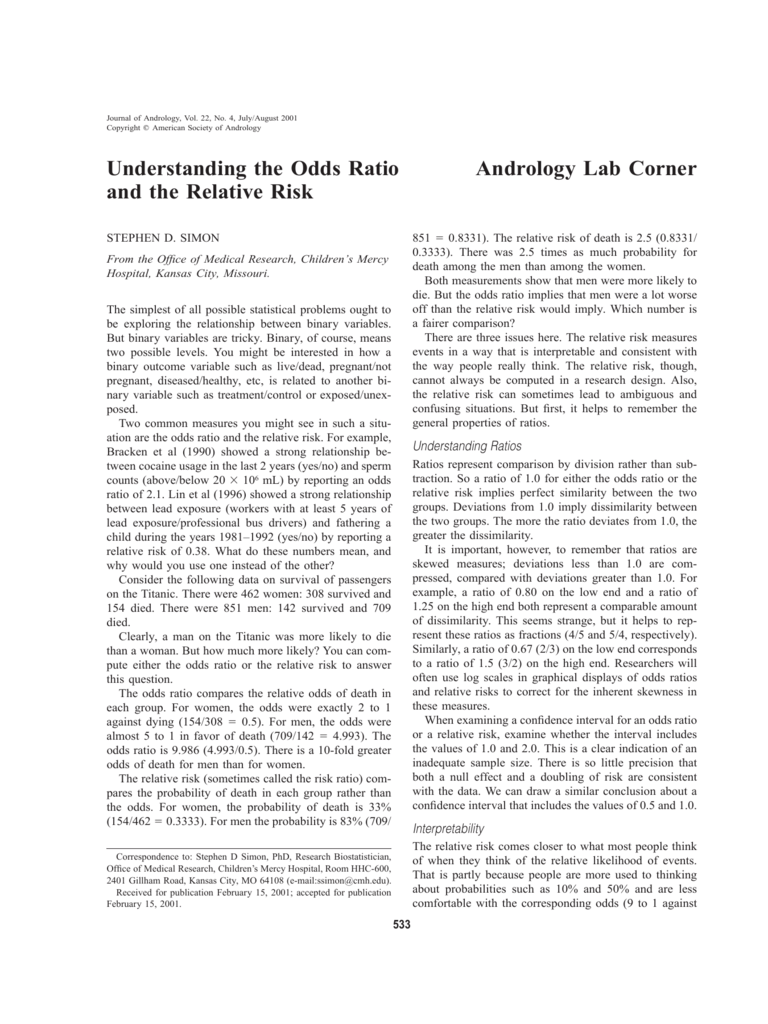



Andrology Lab Corner Understanding The Odds Ratio And




Using Odds Ratio In Case Control Studies Youtube
Or population of interest The relative risk (RR) is the risk of the event in an experimental group relative to that in a control group The odds ratio (OR) is the odds of an event in an experimental group relative to that in a control group An RR or OR of 100 indicates that the risk is comparable in the two groups The basic difference is that the odds ratio is a ratio of two odds (yep, it's that obvious) whereas the relative risk is a ratio of two probabilities (The relative risk is also called the risk ratio) Let's look at an example Relative Risk/Risk Ratio Suppose you have a school that wants to test out a new tutoring programBoth the odds ratio and the relative risk compare the relative likelihood of an event occurring between two groups The relative risk is easier to interpret and is consistent with general intuition Some designs, however, allow only for the calculation of the odds ration Covariate adjustment is easier for an odds ratio
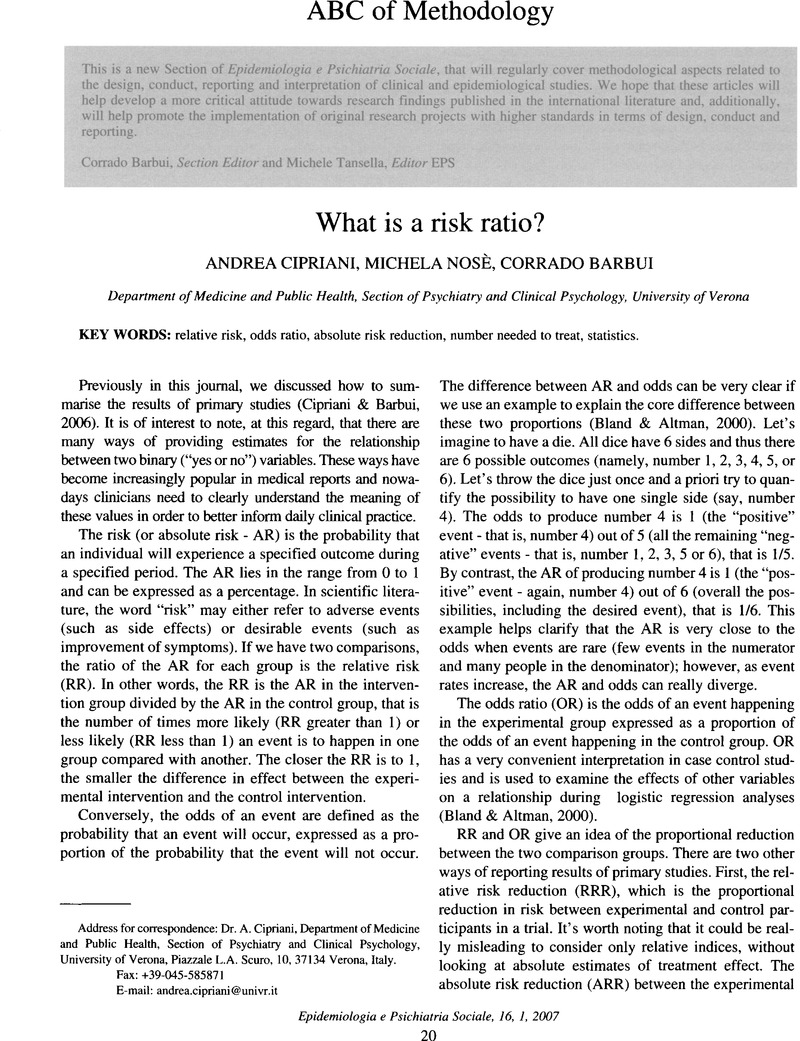



What Is A Risk Ratio Epidemiology And Psychiatric Sciences Cambridge Core



Beaumont Cloud Cme Com Launchscorm Aspx Caseid 112 Userid 0 Video True
Rather the odds is threefold greater Interpretation of an OR must be in terms of odds, notFor estimates of relative risk ratios, this becomes logarithm We can specify this manually, or just use a builtin family for our generalized linear model for which the logarithm is the canonical link fucntion, and hence the defaultThe odds ratio supports clinical decisions by providing information on the odds of a particular outcome relative to the odds of another outcome In the endocarditis example, the risk (or odds) of dying if treated with the new drug is relative to the risk (odds) of dying if treated with the standard treatment antibiotic protocol



Academic Oup Com Ije Article Pdf 24 2 464 24 2 464 Pdf



Www Journalofdairyscience Org Article S0022 0302 12 1 Pdf
The ratio of these is the risk ratio, a relative measure of association Risk Ratio = CI e /CI u = 090/058 = 155 Interpretation Smokers had 155 times the risk of respiratory disease compared to nonsmokers over an 18 year period of observation Using the same cumulative incidences we can calculate the risk difference, an absolute measureFor instance, a relative risk of 70% corresponds to an odds ratio of 07/(107)=233 however, it is clearer to say to the layman that a certain risk factor "increases the probability of a disease by 70%" (relative risk) rather than that it "increases the probability of the disease by an odds ratioOdds Ratio and Relative Risk are examined in epidemiological context Odds ratio can mislead if a "Common Event" is studied, since it can exaggerate effects




A Practical Overview Of Case Control Studies In Clinical Practice Chest




The Relationship Between Nnt Calculated From An Odds Ratio Or And An Download Scientific Diagram
The basic difference is that the odds ratio is a ratio of two odds (yep, it's that obvious) whereas the relative risk is a ratio of two probabilities (the relative risk is also called the risk ratio) The odds ratio is the ratio of the odds of an event in the Treatment group to the odds of an event in the control group Odds ratio vs risk ratio You know the difference between risk and odds A risk is the proportion of subjects with an event in a total group of susceptible subjects Thus, we can calculate the risk of having a heart attack among smokers (infarcted smokers divided by the total number of smokers) and among nonsmokers (the same, but with nonIn fact if you know the Odds ratio for one cell, you can find the odds ratio for all cells Odds ratio for female/male who died = 00 This is also the odd




Pdf Odds Ratio Hazard Ratio And Relative Risk



Epidemiology Stepwards
Relative measures of effect are risk ratio (ie the ratio between two incidence proportions), incidence rate ratio (the ratio between two incidence rates), and OR (the ratio between two odds) The risk difference is an absolute measure of effect (ie the risk of the outcome in exposed individuals minus the risk of the same outcome in unexposed) The odds ratio (OR) is the ratio of the odds of cancer in smokers to the odds of cancer in nonsmokers OR = (a/b)/ (c/d) = (ad)/ (bc) The risk ratio (RR), also called the relative risk, is the ratio of the probability of cancer in smokers to the probability of cancer in nonsmokers Given that you know a, b, c, and d, you can compute either of3) The Odds Ratio 4) After calculating the odds ratio, we observe a 3fold difference in the prevalence rate (75% vs 25%) change to a 9fold difference in the odds ratio Clearly, the two methods produce opposing results Effect of Changing Incidence on OR Problem Let us consider the relationship between smoking and lung cancer




Relative Risk Odds Ratios Youtube



Silo Tips Download Transcript Measuring Risk In Epidemiology B D A C Measuring Risk In Epidemiology
A risk ratio of 10 indicates identical risk among the two groups A risk ratio greater than 10 indicates an increased risk for the group in the numerator, usually the exposed group A risk ratio less than 10 indicates a decreased risk for the exposed group, indicating that perhaps exposure actually protects against disease occurrence1 we can calculate relative risk IF we can estimate probabilities of an outcome in EACH group 2 we can't do that in case control studies 3 we can calculate the odds ratio even if we don't know the probabilities in the groups It would then be nice, if odds ratio was close to relative riskIt is assumed that, if the prevalence of the disease is low, then the odds ratio approaches the relative risk Case control studies are relatively inexpensive and less timeconsuming than cohort studies In this case the odds ratio (OR) is equal to 16 and the relative risk (RR) is equal to 865




When Can Odds Ratios Mislead The Bmj



2
Odds ratio (OR) and risk ratio (RR) are two commonly used measures of association reported in research studies In crosssectional studies, the odds ratio is also referred to as the prevalence odds ratio (POR) when prevalent cases are included, and, instead of the RR, the prevalence ratio (PR) is calculated Risk ratios, odds ratios, and hazard ratios are three common, but often misused, statistical measures in clinical research In this paper, the authors dissect what each of these terms define, and provide examples from the medical literature to illustrate each of these statistical measures Finally, the correct and incorrect methods to use these measures are summarizedOdds Ratio (OR) is a ratio or proportion of odds I just remember that odds ratio is a ratio of odds and probability isn't a ratio of odds (AKA it is the other option) Relative Risk = Probability / Probability Odds Ratio = Odds / Odds Now that you have a general idea of what odds ratio and relative risk are you need to know when to use



Www Cmaj Ca Content Cmaj 184 8 5 Full Pdf



Http Aspirekpco Weebly Com Uploads 1 5 9 3 Session 6 Statistical Interpretation 19 Pdf
For example, a relative risk of 15 would suggest a 50% increase in risk, whereas a relative risk of 05 would suggest a 50% decrease in risk Odds ratios The main difference between this and the other two measures is that there is no way of including a Risk Ratio For the study examining wound infections after incidental appendectomy, the risk of wound infection in each exposure group is estimated from the cumulative incidence The relative risk (or risk ratio) is an intuitive way to compare the risks for the two groups When the outcome is not rare in the population, if the odds ratio is used to estimate the relative risk it will overstate the effect of the treatment on the outcome measure The odds ratio will be greater than the relative risk if the relative risk is greater than one and less than the relative risk otherwise




Pdf What S The Risk Differentiating Risk Ratios Odds Ratios And Hazard Ratios Semantic Scholar
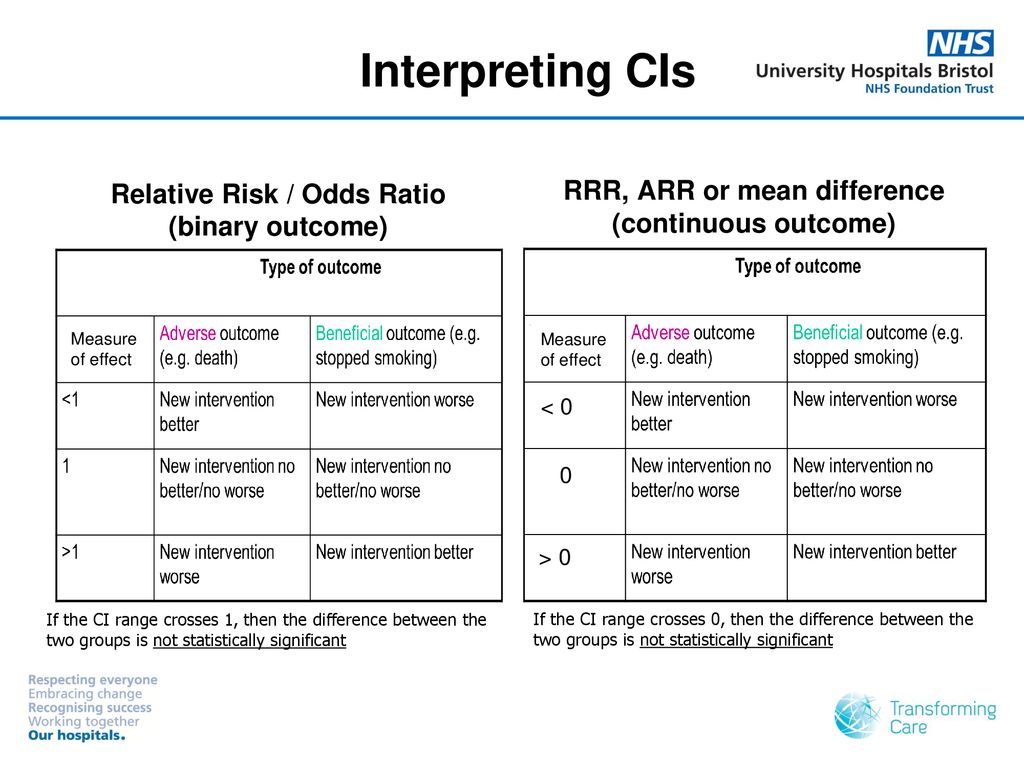



Interpreting Basic Statistics Ppt Download
The Relative Risk Ratio and Odds Ratio are both used to measure the medical effect of a treatment or variable to which people are exposed The effect could be beneficial (from a therapy) or harmful (from a hazard) Risk is the number of those having the outcome of interest (death, infection, illness, etc) divided by the total number exposed to When the risks (or odds) in the two groups being compared are both small (say less than %) then the odds will approximate to the risks and the odds ratio will approximate to the relative risk Then interpretation is easy But as the risk in either group rises above % the gap between the odds ratio and the relative risk will widenAbstract Odds ratios (OR) are commonly reported in the medical literature as the measure of association between exposure and outcome However, it is relative risk that people more intuitively understand as a measure of association Relative risk can be directly determined in a cohort study by calculating a risk ratio (RR)



2



Forest Plots Of Relative Risks And Odds Ratios Of Detecting Fecal Download Scientific Diagram
You may have noticed that the odds ratio and relative risk are very similar in this case This happens when the proportions being compared are both close to 0 Which one you decide to use is a matter of personal preference and perhaps your audienceThe relative risk (RR) and the odds ratio (OR) are the two most widely used measures of association in epidemiology The direct computation of relative risks is Odds ratios work the same An odds ratio of 108 will give you an 8% increase in the odds at any value of X Likewise, the difference in the probability (or the odds) depends on the value of X So if you do decide to report the increase in probability at different values of X, you'll have to do it at low, medium, and high values of X




Understanding Systematic Reviews And Meta Analysis Archives Of Disease In Childhood
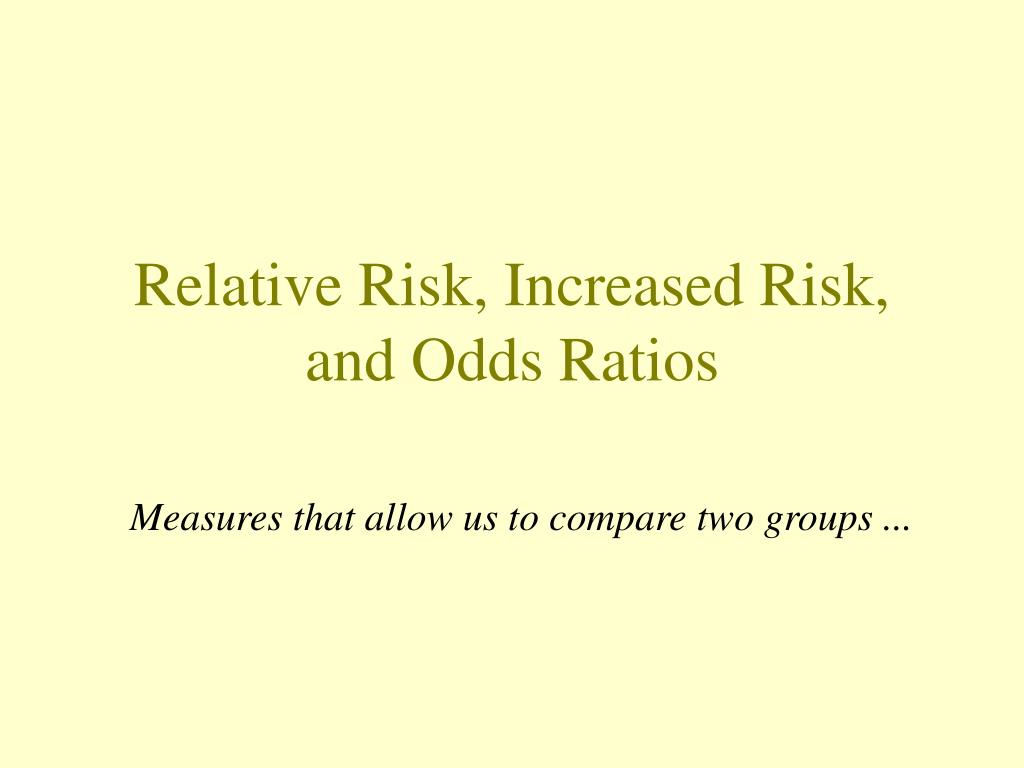



Ppt Relative Risk Increased Risk And Odds Ratios Powerpoint Presentation Id



Plos One Bleeding Risk With Long Term Low Dose Aspirin A Systematic Review Of Observational Studies



Studying Studies Part I Relative Risk Vs Absolute Risk Peter Attia



Plos One Bleeding Risk With Long Term Low Dose Aspirin A Systematic Review Of Observational Studies



Www Iapsmupuk Org Journal Index Php Ijch Article Download 1402 1044




Relative Risk Reduction Can Be Relatively Misleading Youtube




How To Interpret And Use A Relative Risk And An Odds Ratio Youtube




Odds Ratio Relative Risk
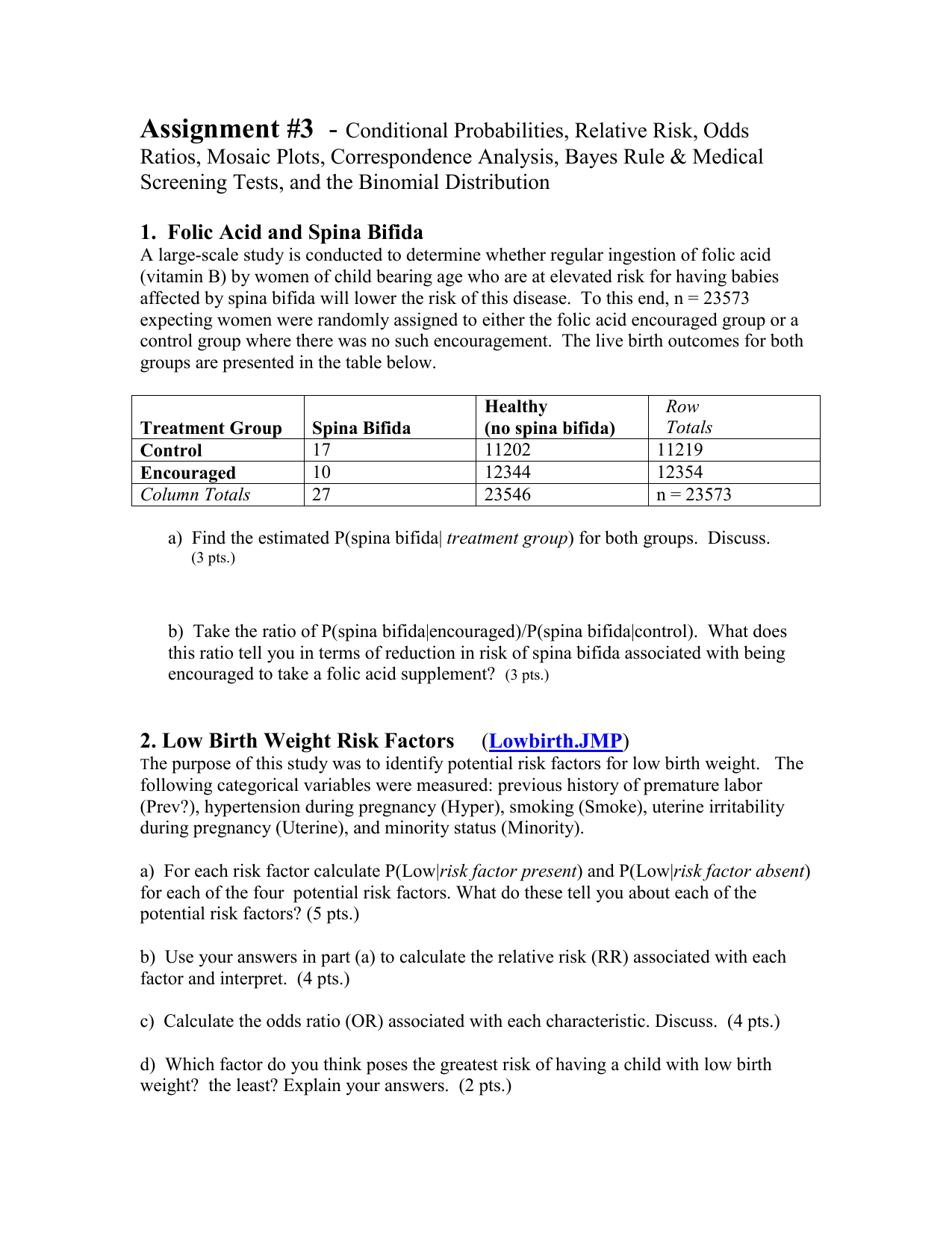



Assignment 3 Conditional Probabilities Relative Risk Odds
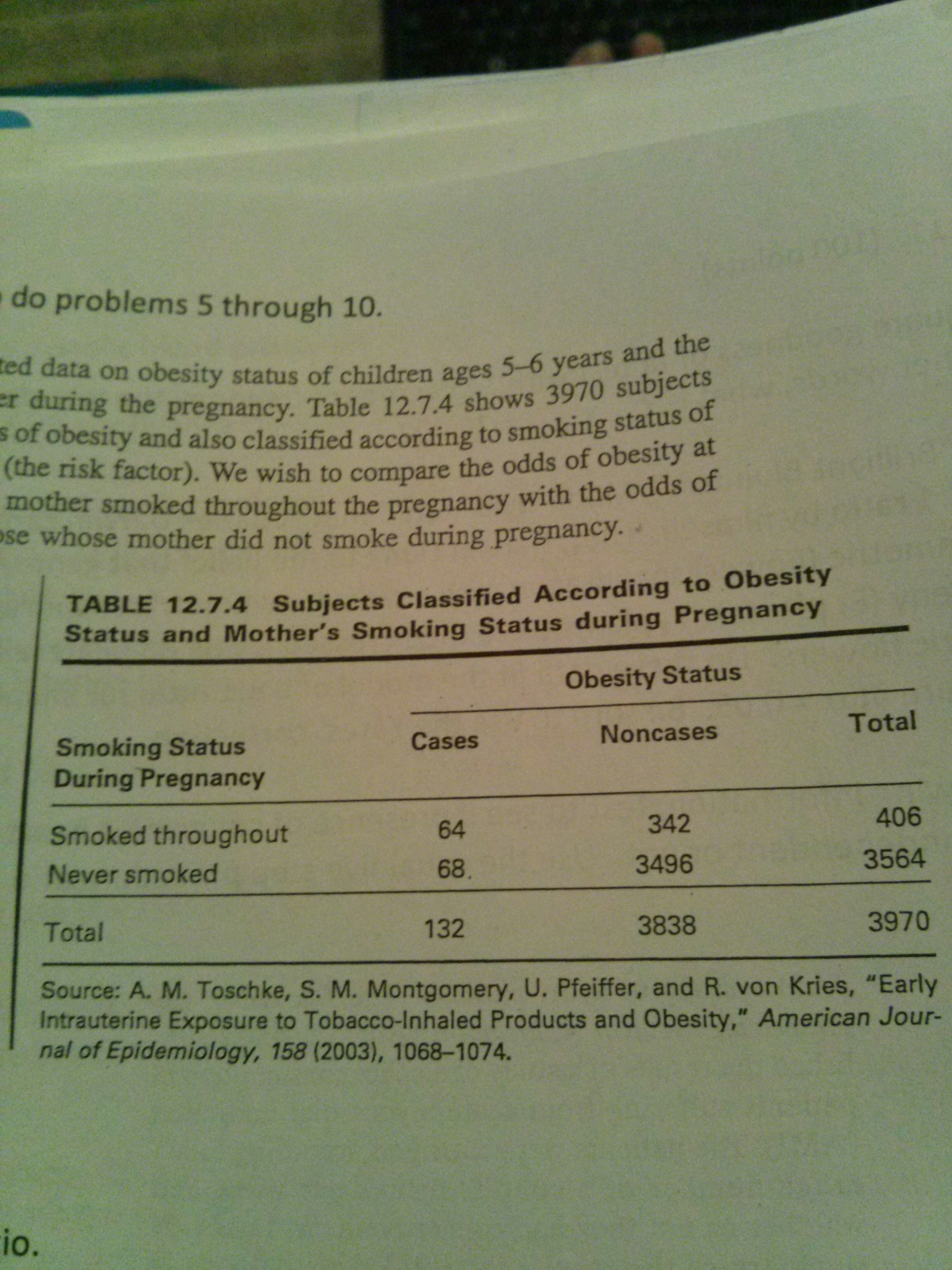



1 Calculate The Odds Ratio The 95 Confidence Chegg Com
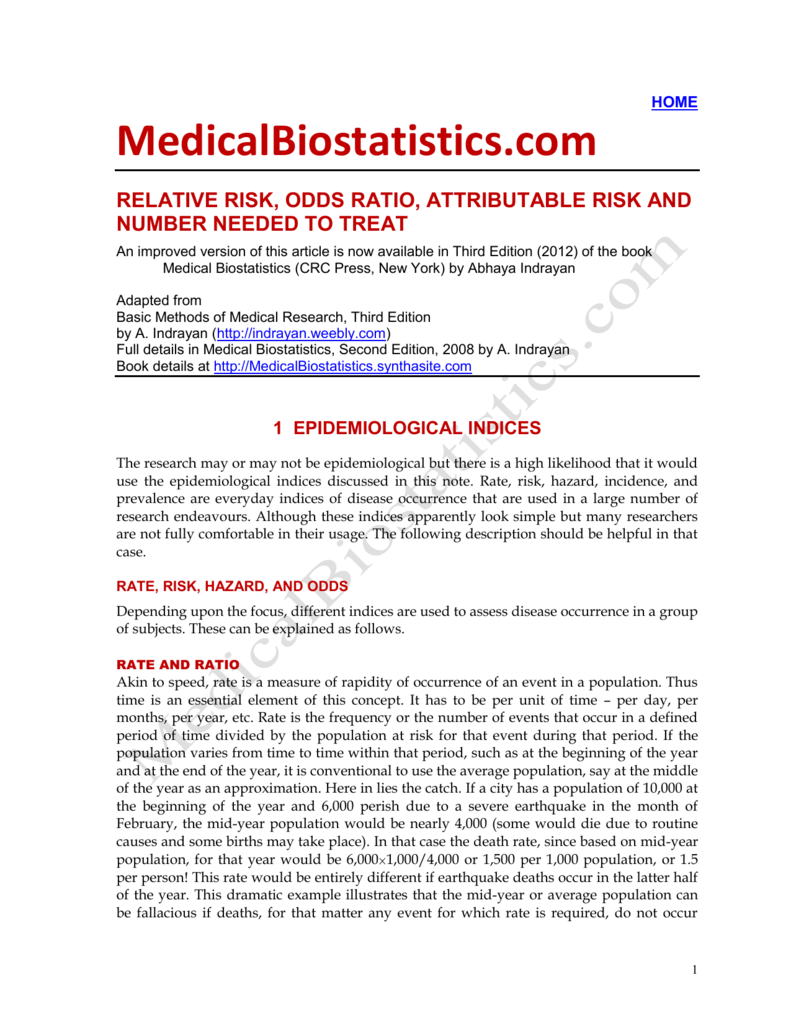



Relative Risk Odds Ratio Attributable Risk And




Effect Sizes Basicmedical Key
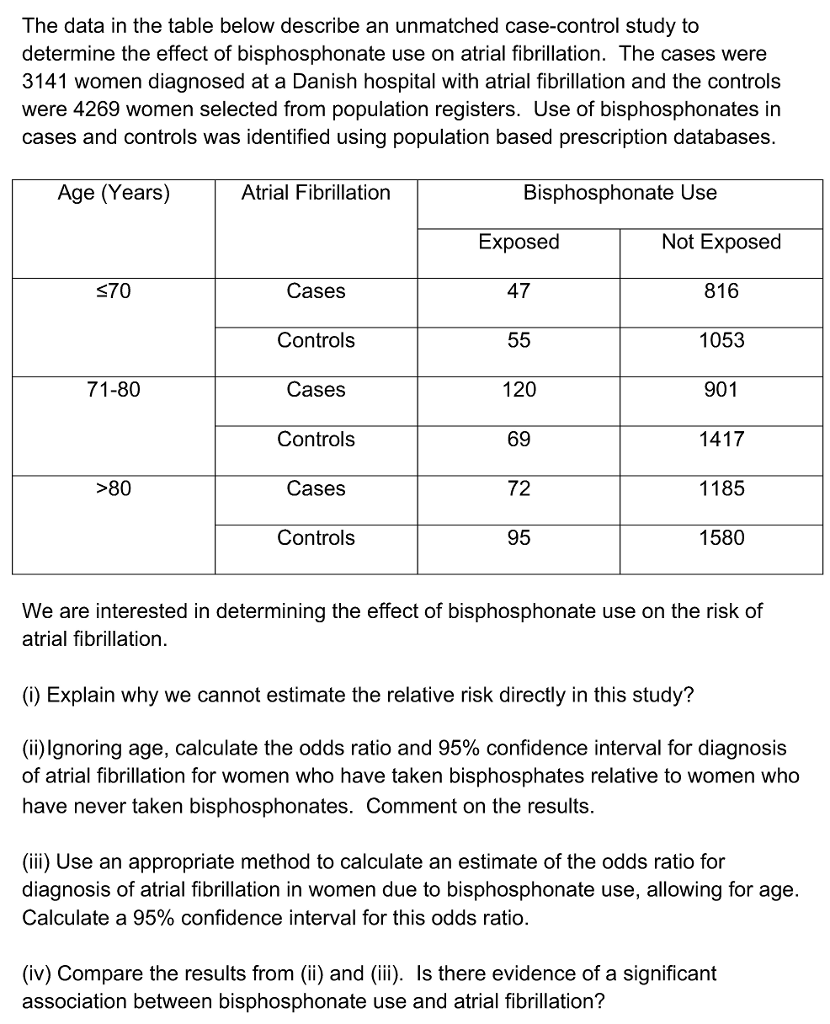



The Data In The Table Below Describe An Unmatched Chegg Com




Figure 1 From Selective Serotonin Reuptake Inhibitors Ssris And The Risk Of Congenital Heart Defects A Meta Analysis Of Prospective Cohort Studies Semantic Scholar



Http Www Thelancet Com Pdfs Journals Lancet Piis0140 6736 98 7 Pdf




Relative Risk Wikipedia



1
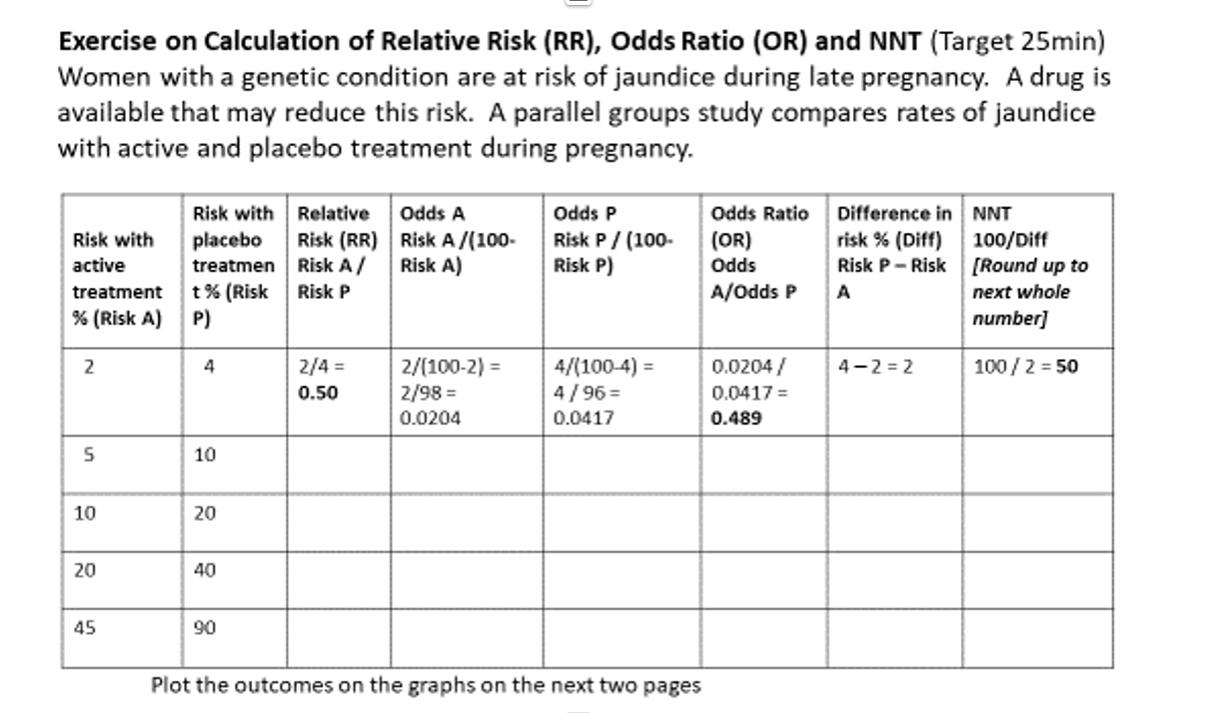



Exercise On Calculation Of Relative Risk Rr Chegg Com




Pdf What S The Risk Differentiating Risk Ratios Odds Ratios And Hazard Ratios Semantic Scholar




Ppt Exploratory Data Analysis With Two Qualitative Variables Powerpoint Presentation Id



Www Cebm Ox Ac Uk Files Data Extraction Tips Blog 10 Pdf
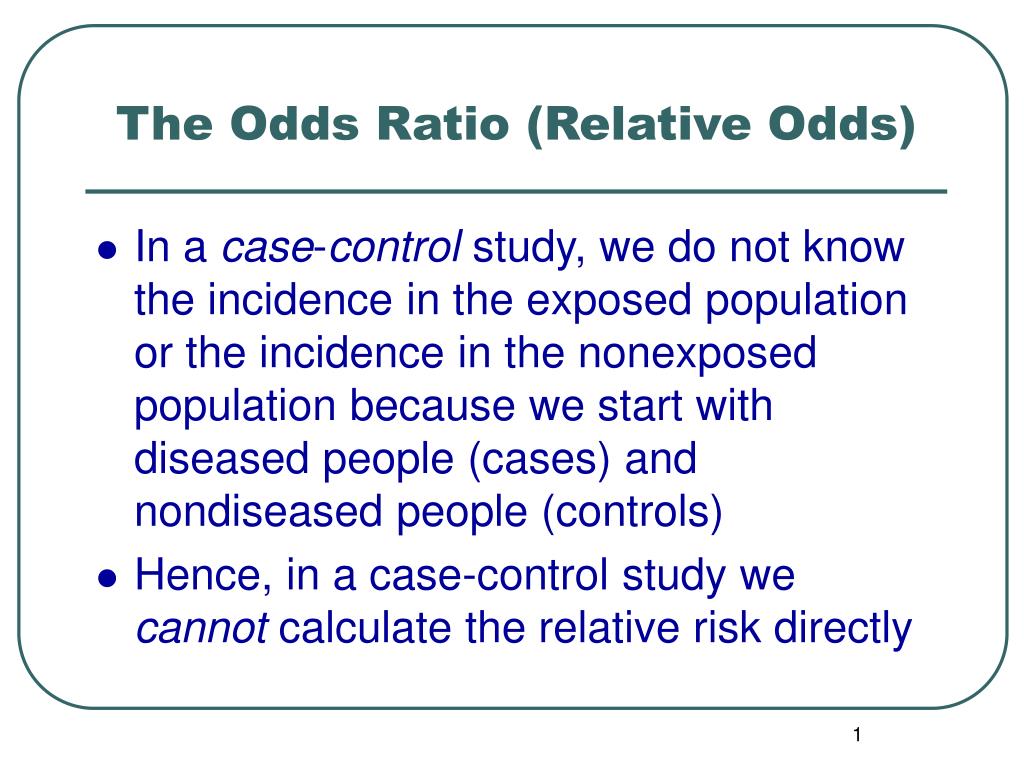



Ppt The Odds Ratio Relative Odds Powerpoint Presentation Free Download Id 6056




Pdf When To Use The Odds Ratio Or The Relative Risk



Http Www Thejuliagroup Com Documents Assignment 3 computing relative risk and odds ratios Pdf
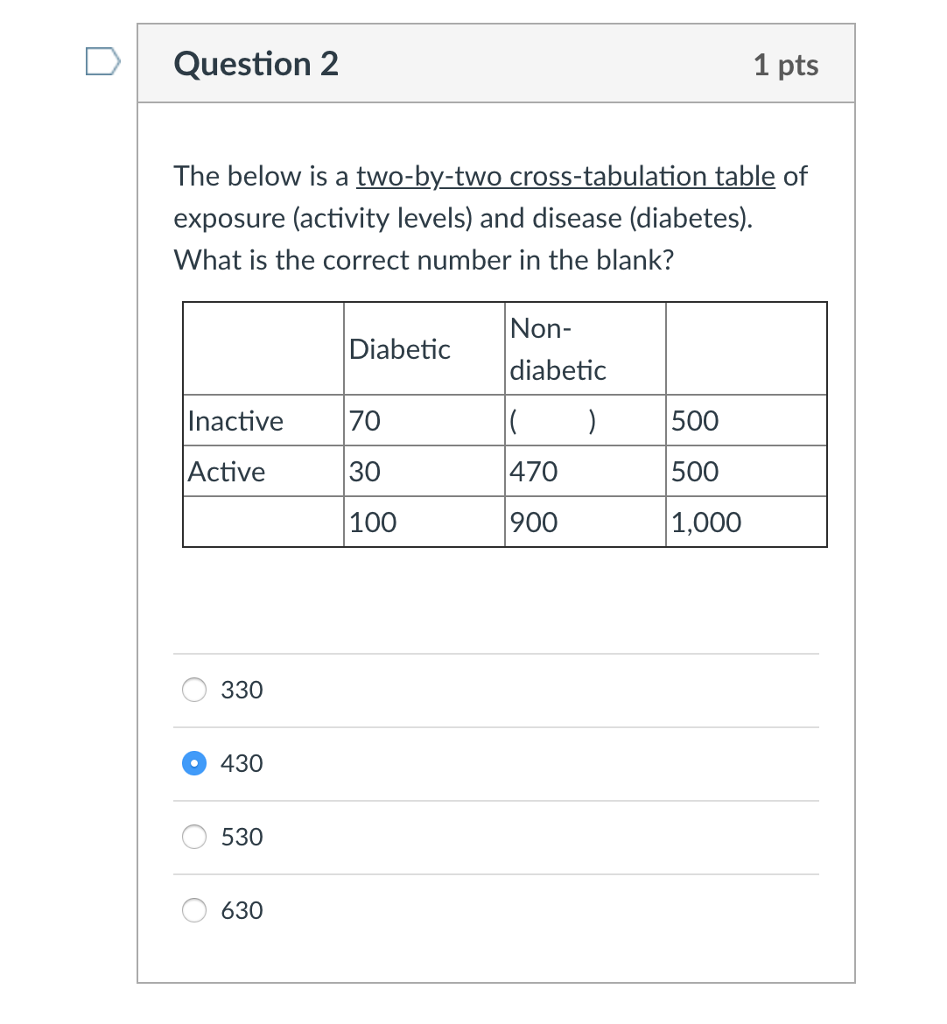



Youll Need To Know Prevalence Rate Odds Ratio Chegg Com




Search Study Guides Pricing Log Insign Up Study Guides410 000 Ca160 000 Kinesiology 4474a B Study Guide Final Guide Linear Interpolation Recall Bias Odds Ratio 55 Views8 Pages Jennifer Chiu 9 Jul 16 School Western Department Kinesiology




Questionable Utility Of The Relative Risk In Clinical Research A Call For Change To Practice Journal Of Clinical Epidemiology



Q Tbn And9gcs4bcnrpynkp2cs4djpmsqpraxmoql9dbezlu6zyy V0zawzodp Usqp Cau




Risk Youtube



Http Www Math Usu Edu Corcoran Classes Old 04fall51 Notes Lecture04 Pdf



2



Http Osctr Ouhsc Edu Sites Default Files 02 Module7partinotes Pdf



Atrium Lib Uoguelph Ca Xmlui Bitstream Handle 1873 B Relative Risk And Odds Ratios Examples Pdf Sequence 8




Analytical Studies Note Cohort Study Gives Incidence Relative Risk A R P A R Natural History Of Disease Cohort Study Case Control Study Study



Www Ajicjournal Org Article S0196 6553 17 0 Pdf
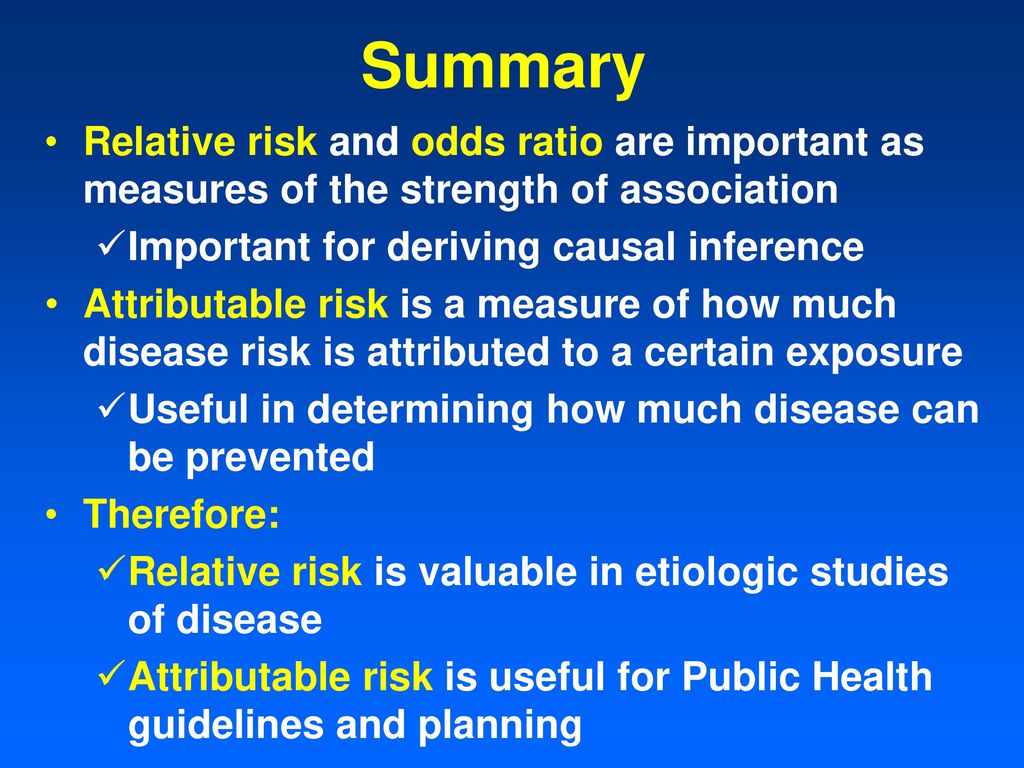



Relative And Attributable Risks Ppt Download



2
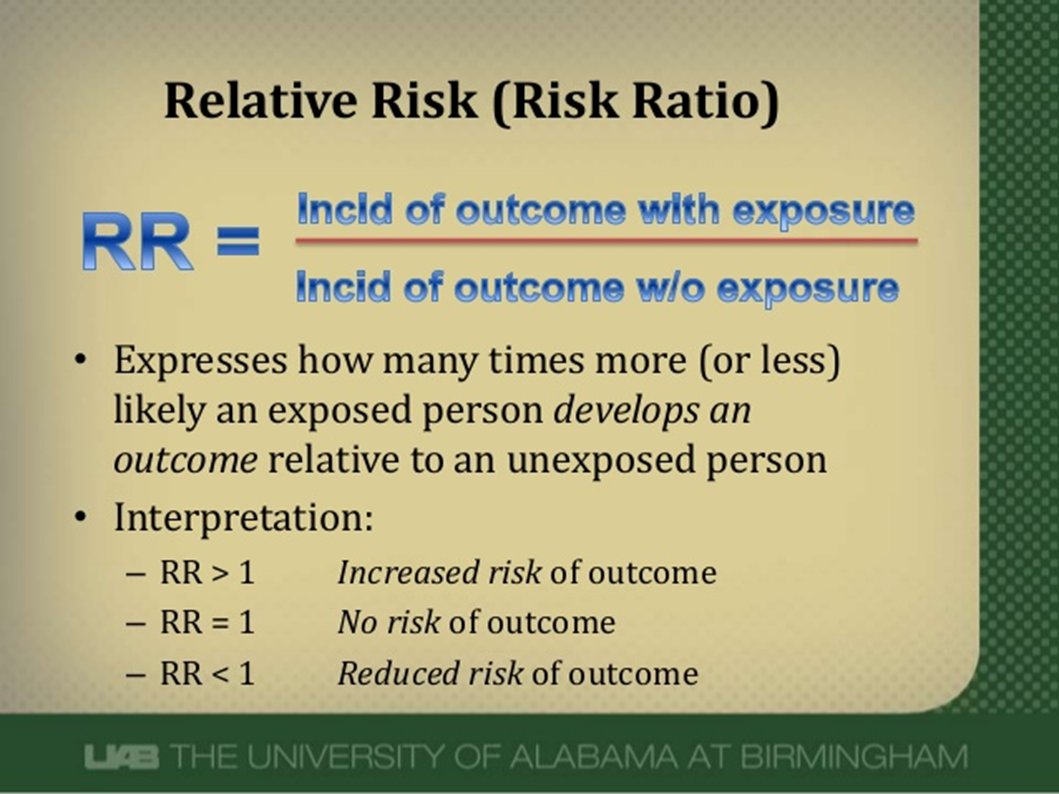



Abdullah Kharbosh What Does An Odds Ratio Or Relative Risk Mean By Ebmteacher Casecontrol Cohort T Co Shfiaepl57 عبر Slideshare



Www Jstor Org Stable
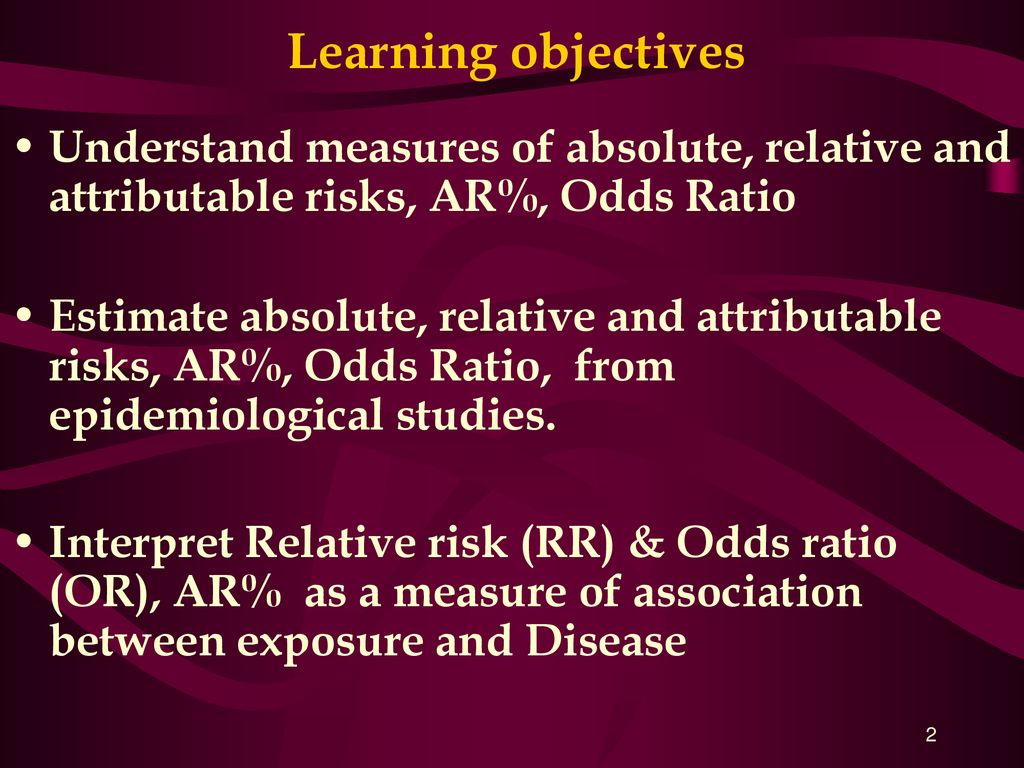



Measurements Of Risk Association Ppt Download




Study Design Comparison Cohort Study Relative Risk




Odds Ratios Vs Risk Ratios Stats By Slough




Relative Risks Odds Ratios The Relative Risk Two Binomials Coursera



Www Annalsthoracicsurgery Org Article S0003 4975 07 009 3 Pdf




Relative Risk Versus Odds Ratio Usmle Biostatistics 4 Youtube
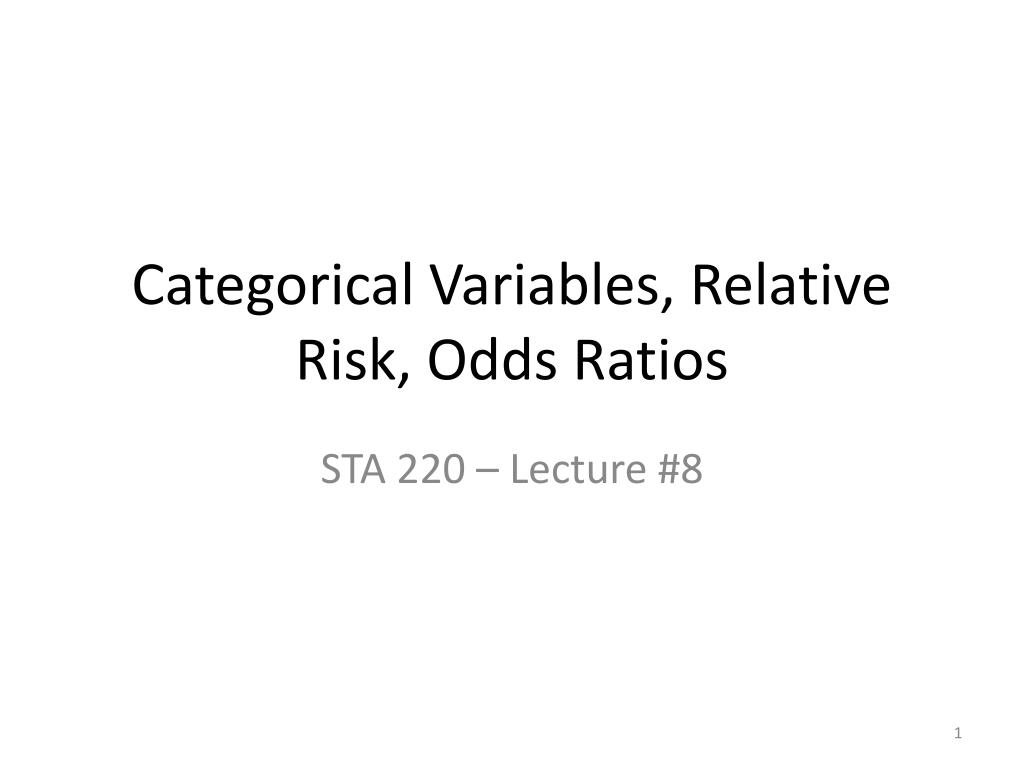



Ppt Categorical Variables Relative Risk Odds Ratios Powerpoint Presentation Id




Comparing A Relative Risk To An Odds Ratio Just Data Things




The Association Of Body Mass Index With The Risk Of Type 2 Diabetes A Case Control Study Nested In An Electronic Health Records System In The United States Diabetology Metabolic Syndrome
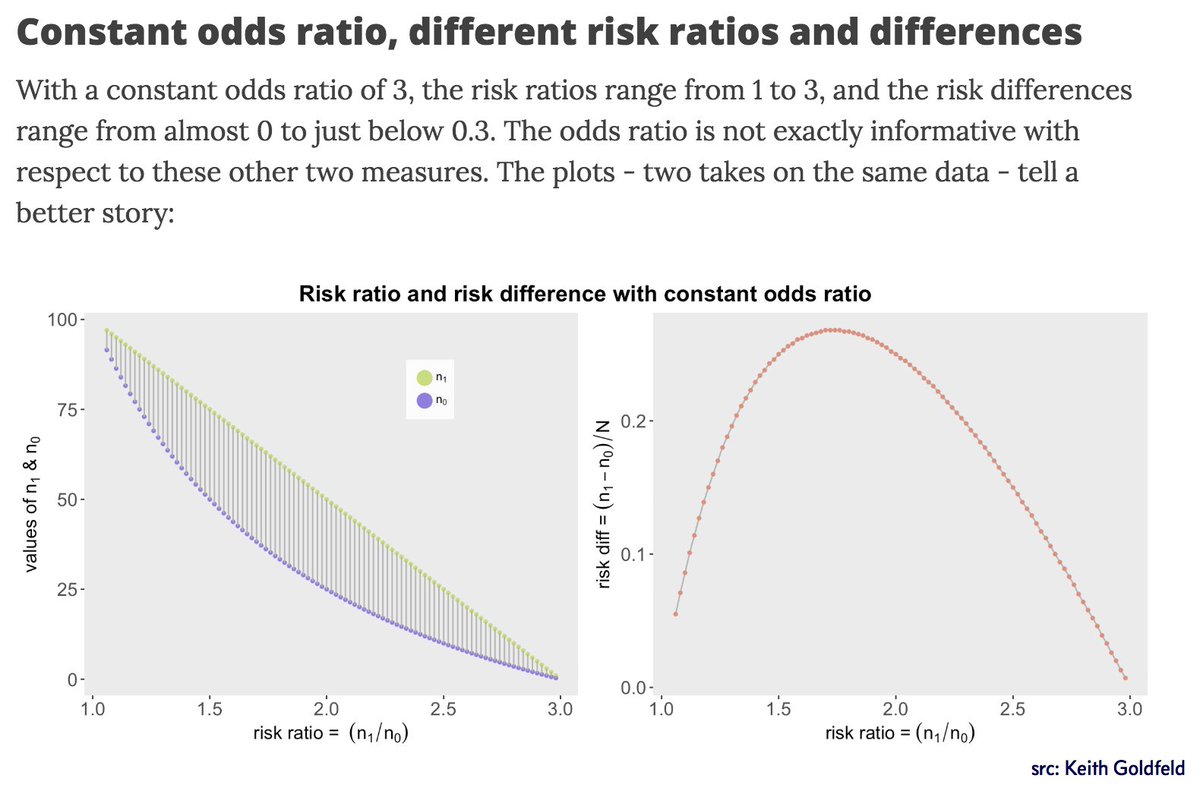



Mara Averick As Someone Who Asks For Odds Ratios And Relative Risk At The Vet I This Post How The Odds Ratio Confounds A Brief Study In A
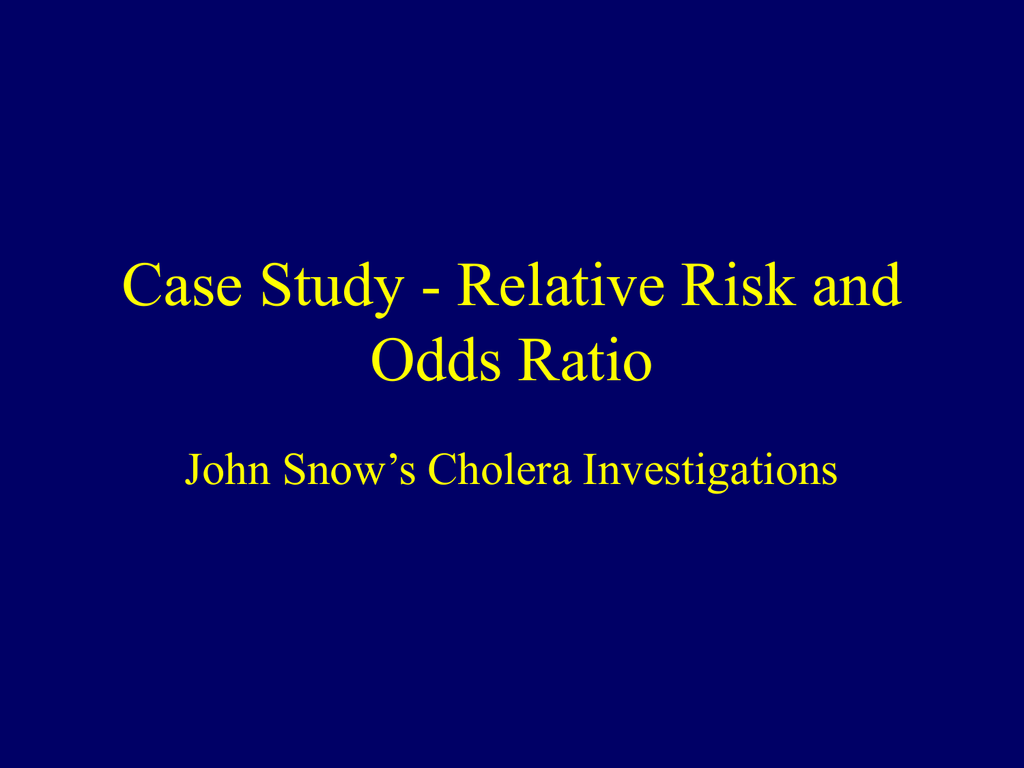



Relative Risks Odds Ratios John Snow S Cholera Investigations




Odds Ratio Relative Risk Calculation Definition Probability Odds Youtube



Phdres Caregate Net Conferences Ay 13 14 ppt presentations Statistics 102 Pdf



Arxiv Org Pdf 1510



Beaumont Cloud Cme Com Launchscorm Aspx Caseid 112 Userid 0 Video True



Q Tbn And9gcqsrft9mxr7dpz7nmjrd2rigdx Ivp6aahq2v9iti13quuix7yw Usqp Cau



Whitneyhuang Github Io Stat80 Lectures Tr Slides17 fall Pdf




Converting An Odds Ratio To A Range Of Plausible Relative Risks For Better Communication Of Research Findings The Bmj




Estimated Relative Risk Rr Compared With Odds Ratio Or For All Download Scientific Diagram
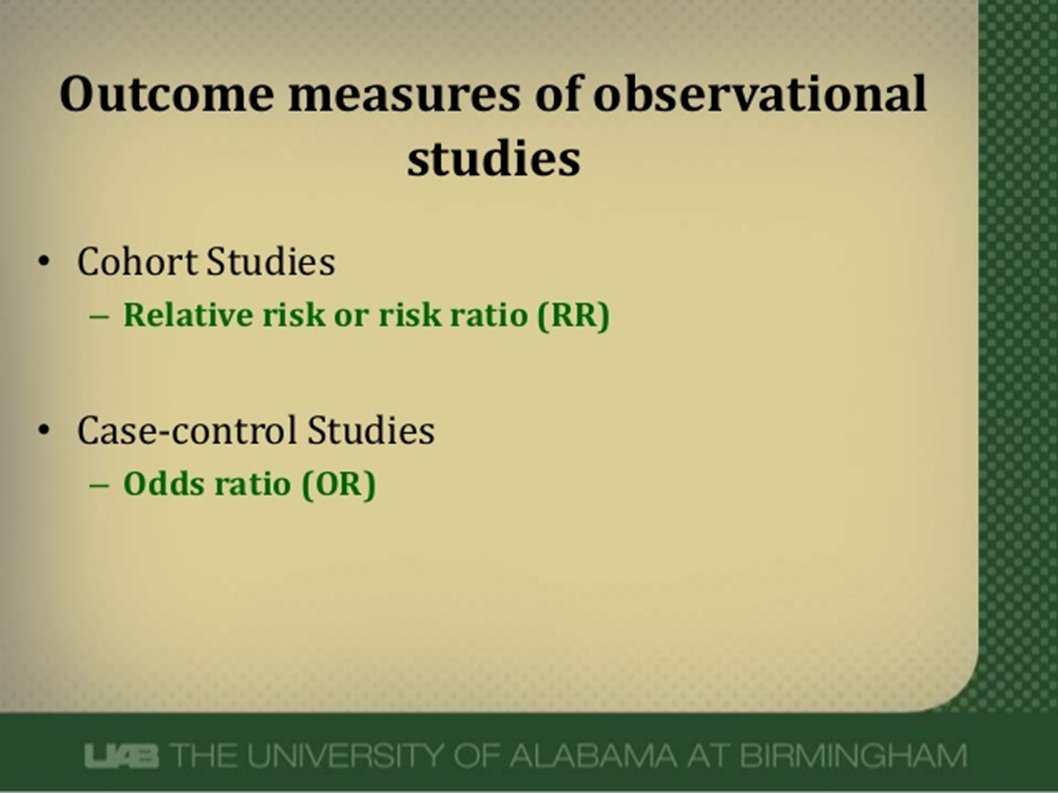



Abdullah Kharbosh What Does An Odds Ratio Or Relative Risk Mean By Ebmteacher Casecontrol Cohort T Co Shfiaepl57 عبر Slideshare
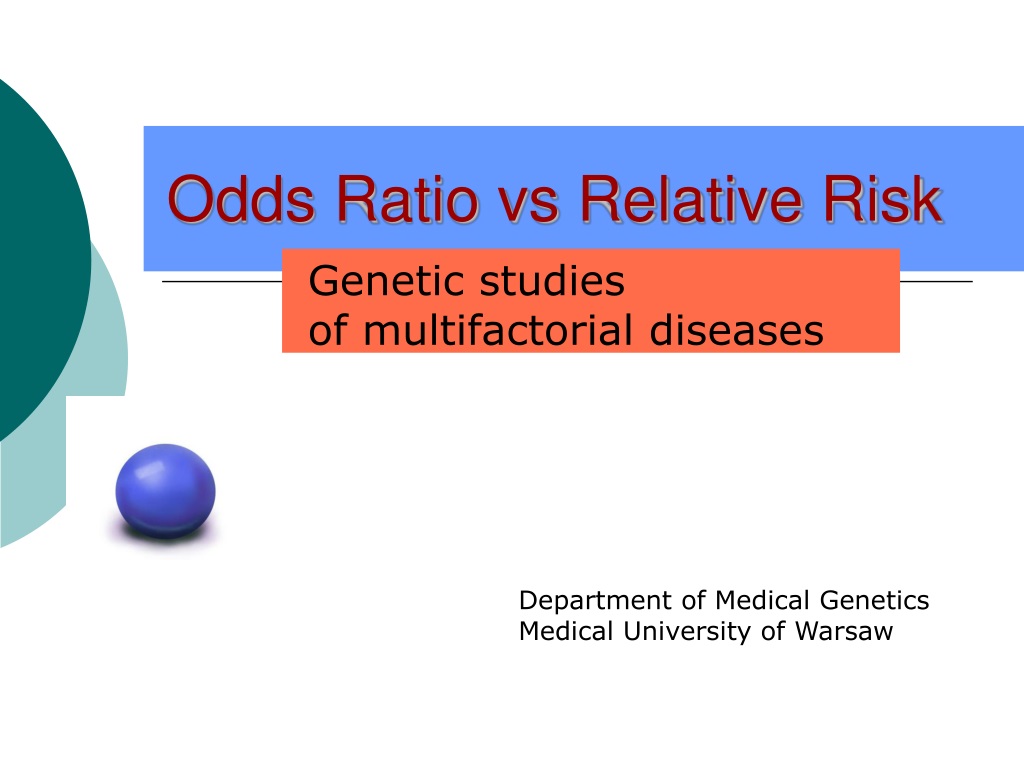



Ppt Odds Ratio Vs Relative Risk Powerpoint Presentation Free Download Id




Measures Of Association Studocu
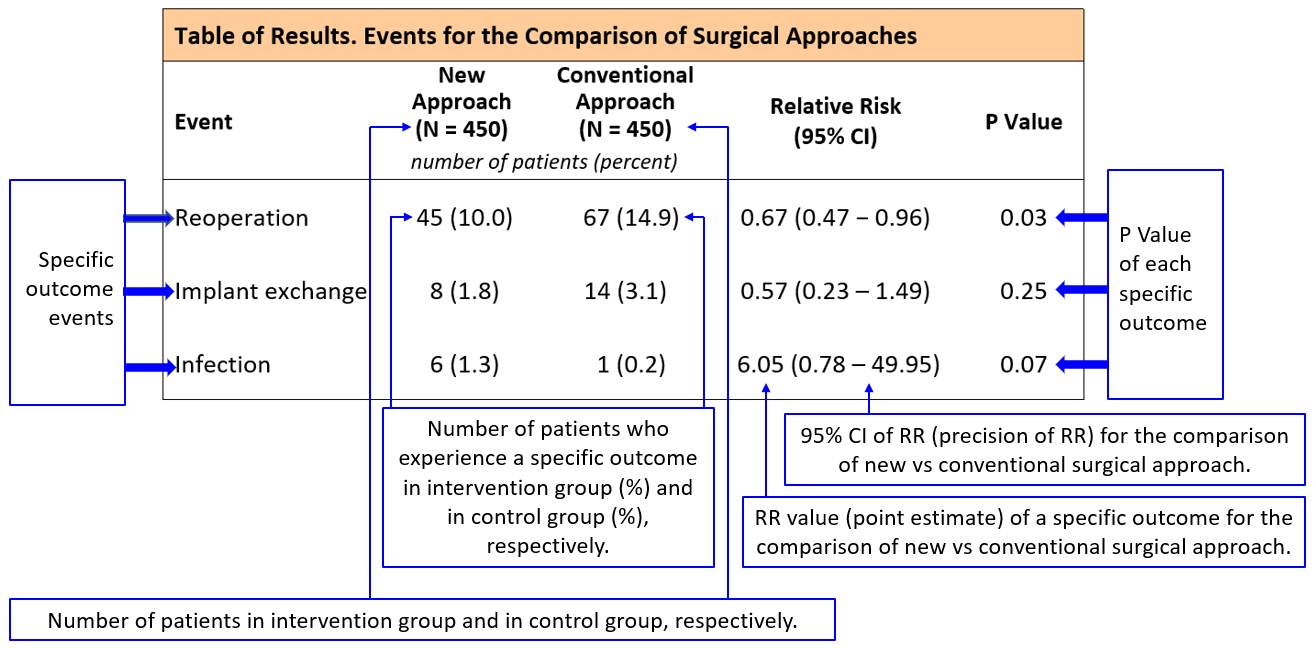



Interpreting Results From Randomized Trials




Probability Odds Ratio And Relative Risk Gp Raj




Odds Ratios And Risk Ratios Youtube




Cureus What S The Risk Differentiating Risk Ratios Odds Ratios And Hazard Ratios




Event Based Measures Of Effect Size Asha Journals Academy




Society For Birth Defects Research And Prevention




Questionable Utility Of The Relative Risk In Clinical Research A Call For Change To Practice Journal Of Clinical Epidemiology




Instructors Carolyn Hutter Karen Edwards Ppt Download




Against All Odds Improving The Understanding Of Risk Reporting British Journal Of General Practice
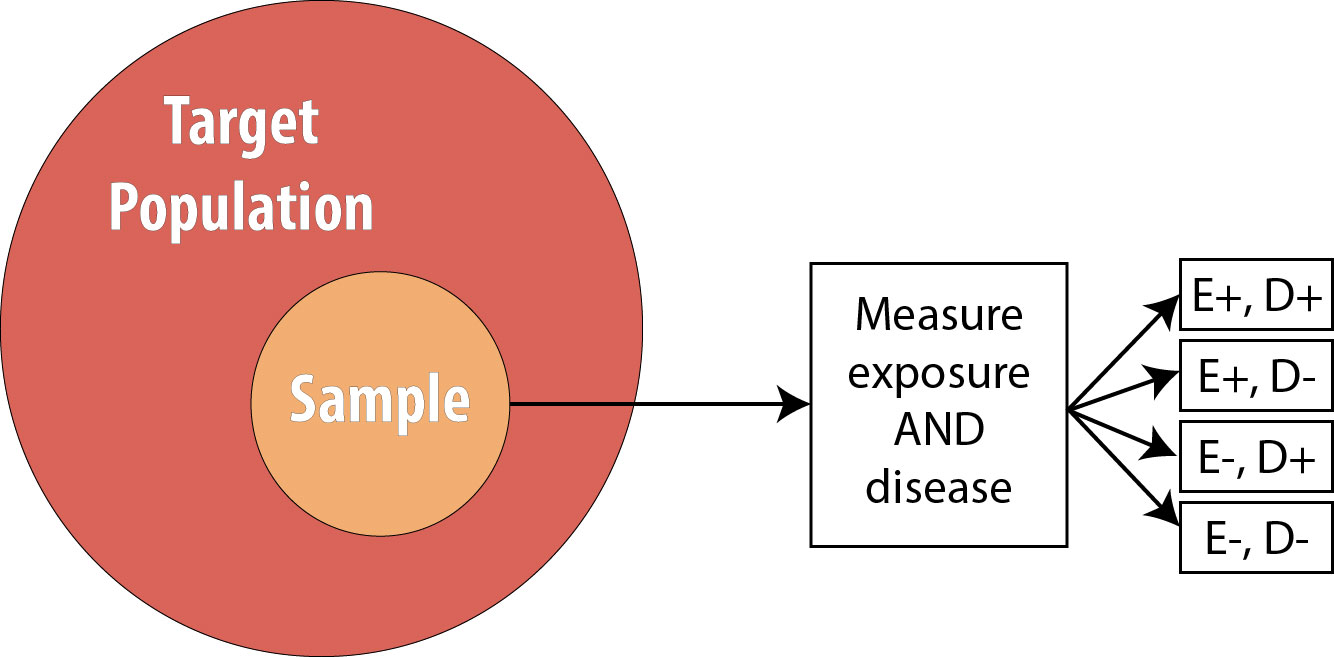



Introduction To 2 X 2 Tables Epidemiologic Study Design And Measures Of Association Foundations Of Epidemiology




Cureus What S The Risk Differentiating Risk Ratios Odds Ratios And Hazard Ratios




Pdf Odds Ratio Relative Risk Absolute Risk Reduction And The Number Needed To Treat Which Of These Should We Use



Www Cmaj Ca Content Cmaj Early 11 12 12 Cmaj Full Pdf Versioned True




Interpreting Hazard Ratios Youtube




Odds Ratio Relative Risk Risk Difference Statistics Tutorial 30 Marinstatslectures Youtube



Www Jstor Org Stable



How To Read A Forest Plot Cochrane Uk



1



Absolute Risk Vs Relative Risk Vs Odds Ratio Pp Made Easy On Vimeo




Tutorial About Hazard Ratios Students 4 Best Evidence



0 件のコメント:
コメントを投稿